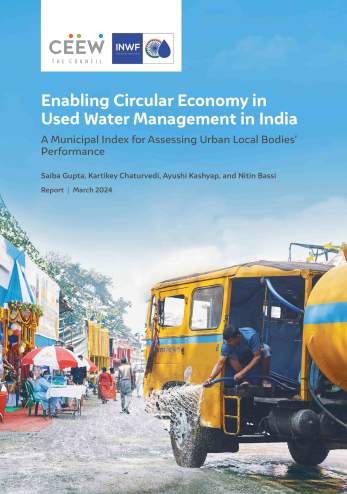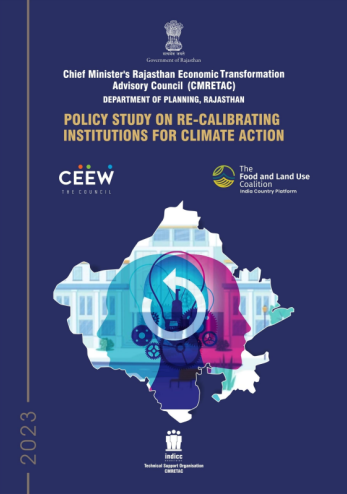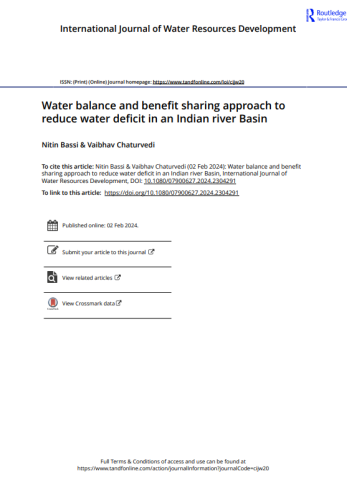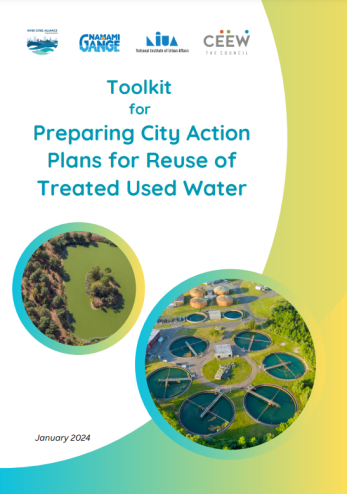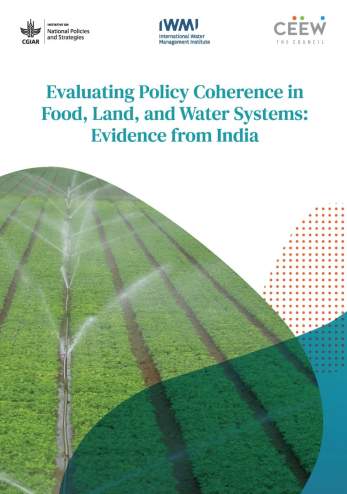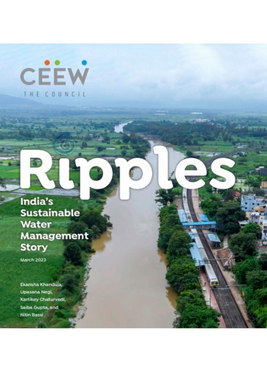Report
Ripples: India’s Sustainable Water Management Story
Ekansha Khanduja, Upasana Negi, Kartikey Chaturvedi, Saiba Gupta, Nitin Bassi
March 2023 | Sustainable Water
Suggested citation: Khanduja, Ekansha, Upasana Negi, Kartikey Chaturvedi, Saiba Gupta, and Nitin Bassi. 2023. Ripples: India’s Sustainable Water Management Story. New Delhi: Council on Energy, Environment and Water.
Overview
This book covers the ongoing efforts of the Government of India to manage water in sustainable and equitable ways. It provides a snapshot of the major policies, schemes, and missions adopted by India related to water management in the last two decades. The schemes are organised within seven themes, as enlisted below. For each scheme, this book details the objectives, financial allocation, implementation, achievements, job potential, economic growth, and contribution to sustainable development.

Key Highlights

- India is implementing four schemes under WASH – Jal Jeevan Mission, Swachh Bharat Mission (both Rural and Urban), and Atal Mission for Rejuvenation and Urban Transformation.
- These schemes can contribute to savings of more than USD 1 billion per annum by reducing the expenditure towards water-borne diseases, USD 349 billion due to the public health benefits accruing from access to improved latrines, and can generate a market value of USD 7.6 million per annum through reuse of treated wastewater.
- These programmes generate employment in rural and urban setups, and contribute to the attainment of Sustainable Development Goals (SDGs) 3, 6, and 12.
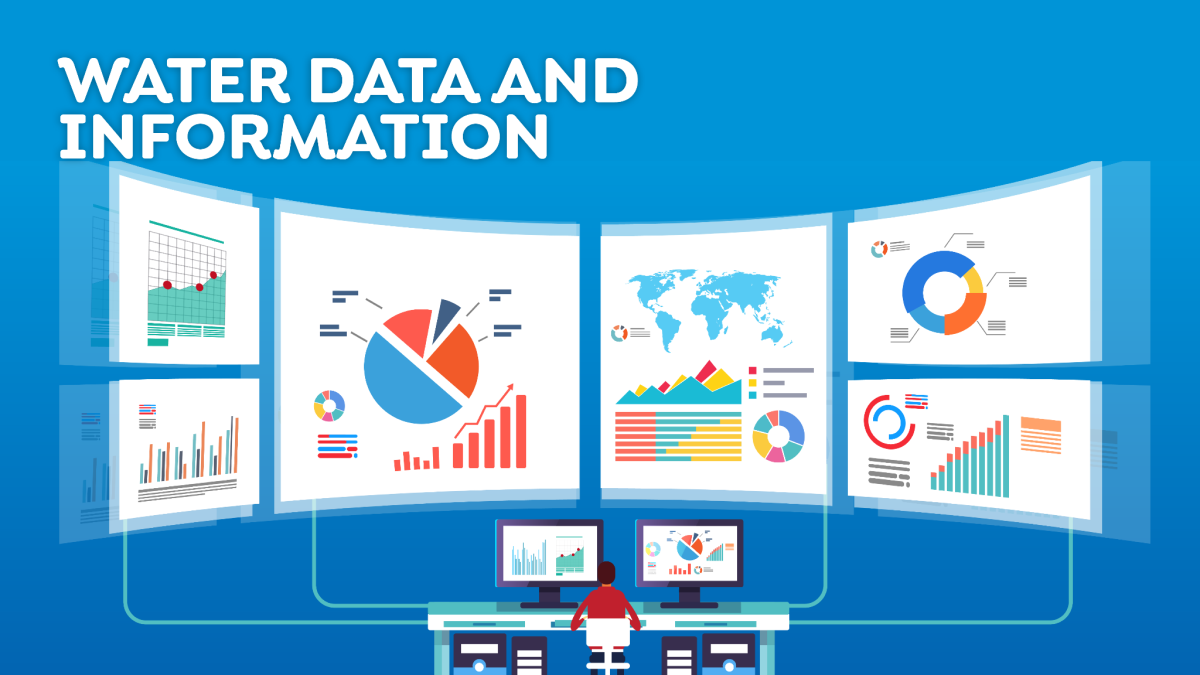
- To improve basin-level resource assessment and planning, India is implementing the National Hydrology Project.
- The geospatial market in the water and irrigation sector in India is expected to grow to USD 147 million by 2025 and employ at least 28,000 people.
- This project supports the attainment of SDGs 6 and 17.
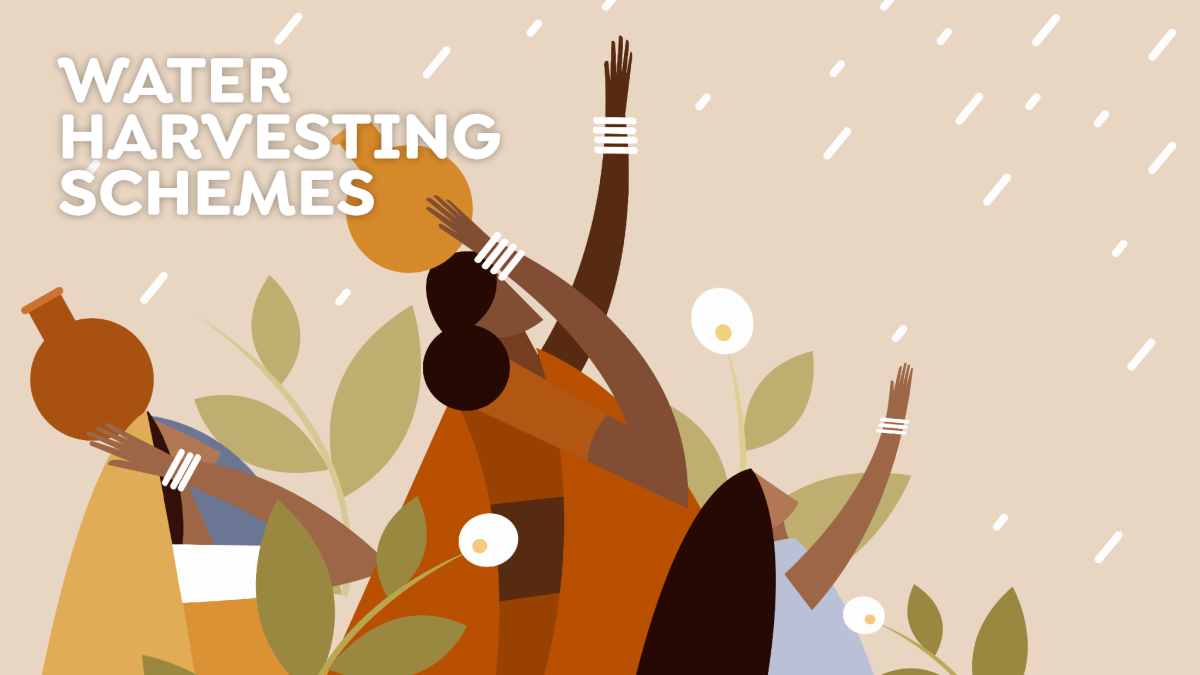
- Under this theme, Jal Shakti Abhiyan (a recurring annual campaign) and Watershed Development Programme are implemented.
- Investment in these programmes can yield twice the cost of investment in terms of reduced soil loss, area under irrigation, etc.
- These programmes create employment opportunities for both skilled, and unskilled workers, and contribute to the attainment of SDGs 2, 6, 12, and 15. It also contributes to India’s target to the United Nations Convention to combat desertification.
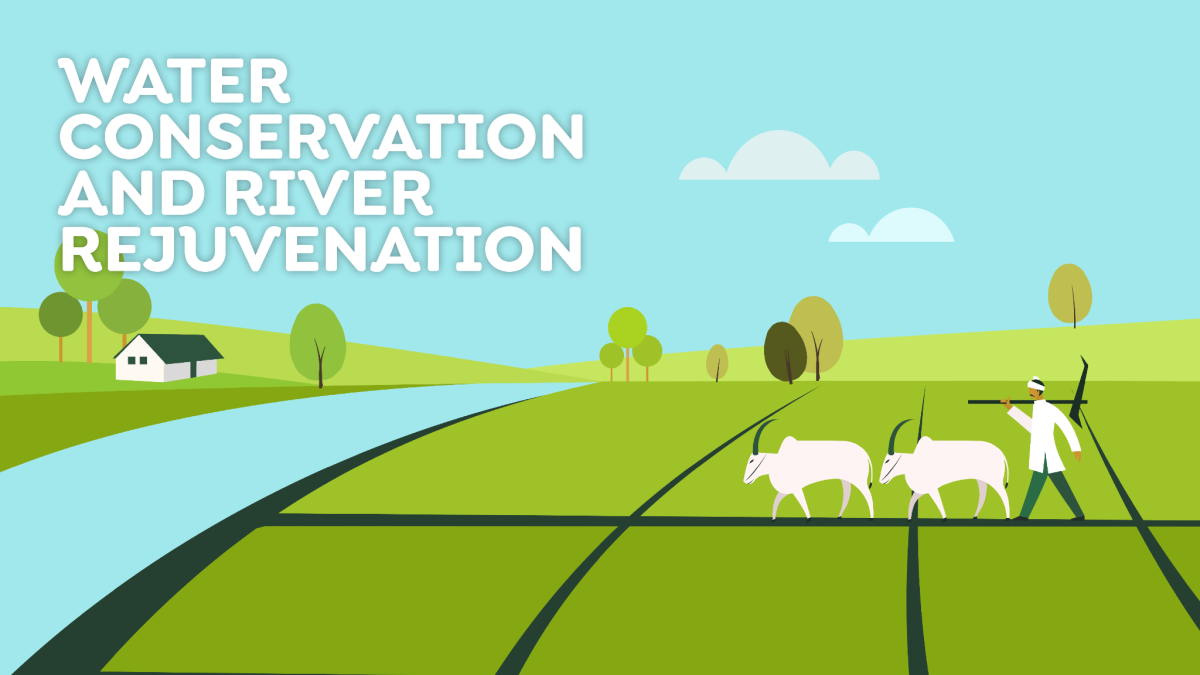
- Under this theme, India is implementing the National Plan for Conservation of Aquatic Ecosystem (to manage both wetland and lake ecosystems), Namami Gange Programme (for the effective abatement of pollution, conservation and rejuvenation of river Ganga and its tributaries), and River Rejuvenation Plan (to rejuvenate 13 major rivers and their 202 tributaries).
- About 3 per cent of India’s GDP is envisaged to come through the Arth Ganga economic model being deployed under Namami Gange. Further, annual benefits worth USD 679 per hectare can be gained from managing wetlands.
- These programmes promote job opportunities in tourism, aquaculture, and informal sector works, and contribute to the attainment of SDGs 1, 2, 6, 13 and 15.
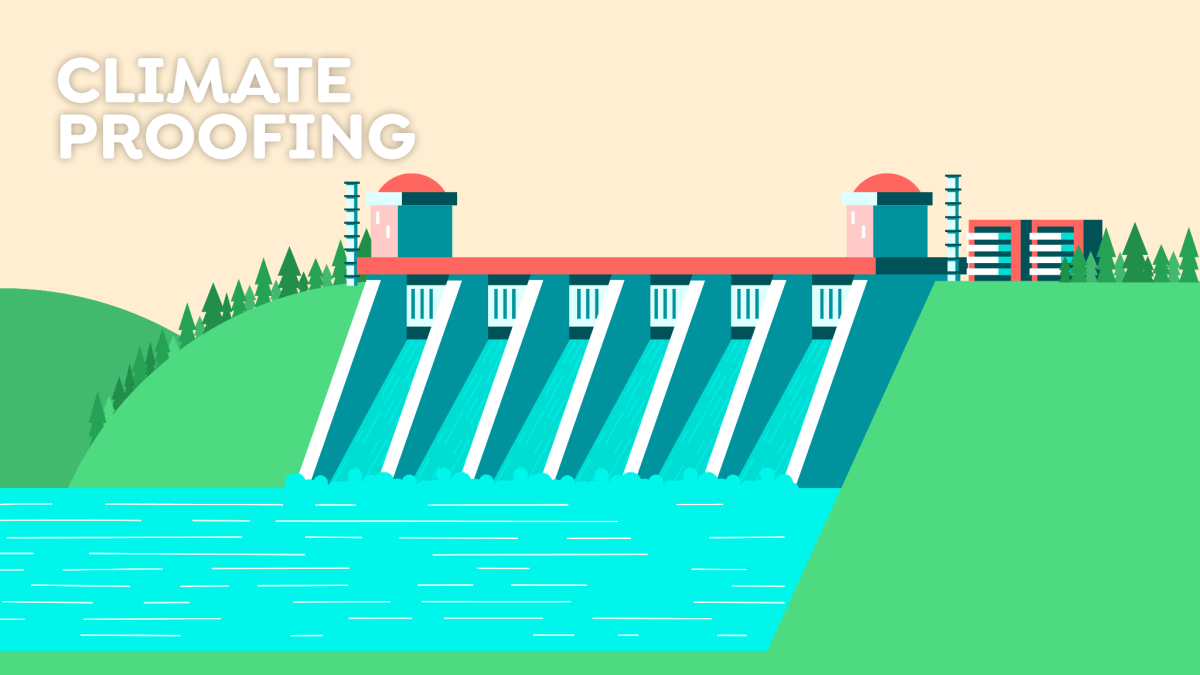
- India is implementing the Dam Rehabilitation and Improvement Programme (to rehabilitate 959 dams in three phases) and Inter Basin Water Transfer (to transfer water from the surplus to water-deficit basins).
- India can save annual costs on flood-associated losses (close to USD 7.4 billion) and add 34,000 megawatts of hydroelectric power through these programmes.
- These programmes contribute to jobs for both skilled and unskilled workers, and promote SDGs 2, 6 and 13.
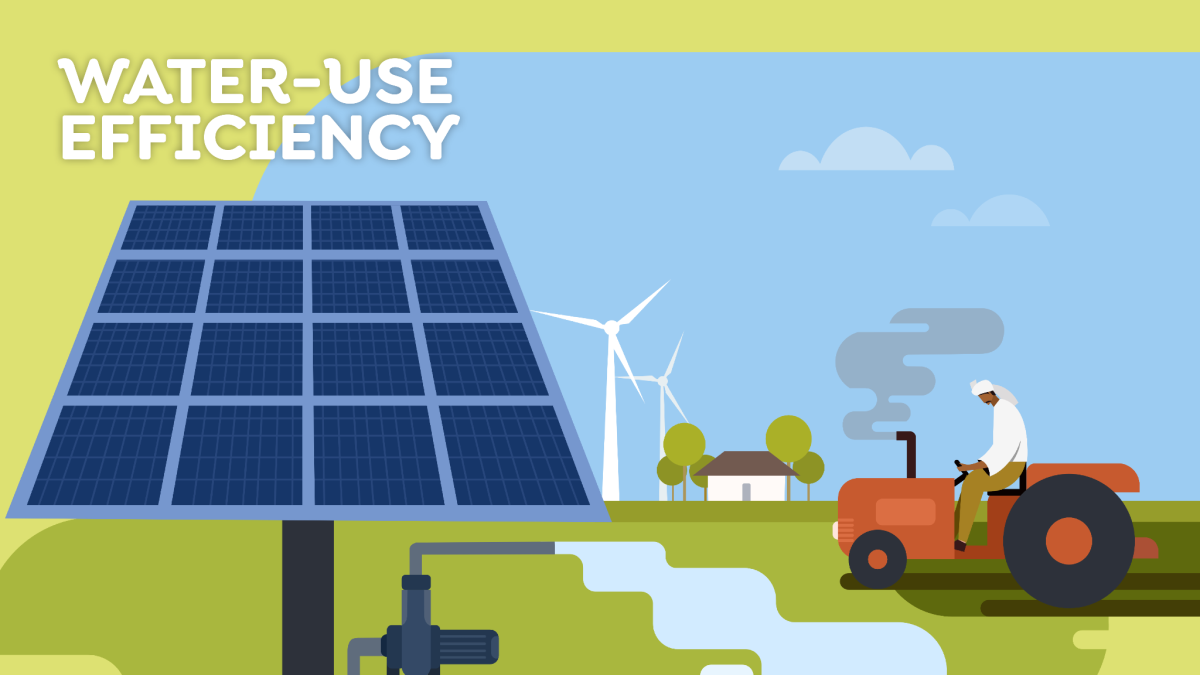
- Under this theme, India is implementing the National Water Mission (to improve the efficiency of water use by 20 per cent in various sectors), the Per-Drop More Crop scheme (to promote micro irrigation systems in farms), and the Pradhan Mantri Kisan Urja Suraksha Evam Utthaan Mahabhiyan (PM-KUSUM) to solarise existing electric and diesel irrigation pumps by prioritising the farmers using micro irrigation systems.
- These schemes can increase the market for smart water solutions, increase farmers’ incomes by up to 48 per cent, and reduce 1.38 million tonnes of diesel consumption in the country.
- These programmes have immense potential to boost green jobs in India, especially in the manufacturing sector, and contribute to the attainment of SDGs 1, 2, 6, 7 and 13.
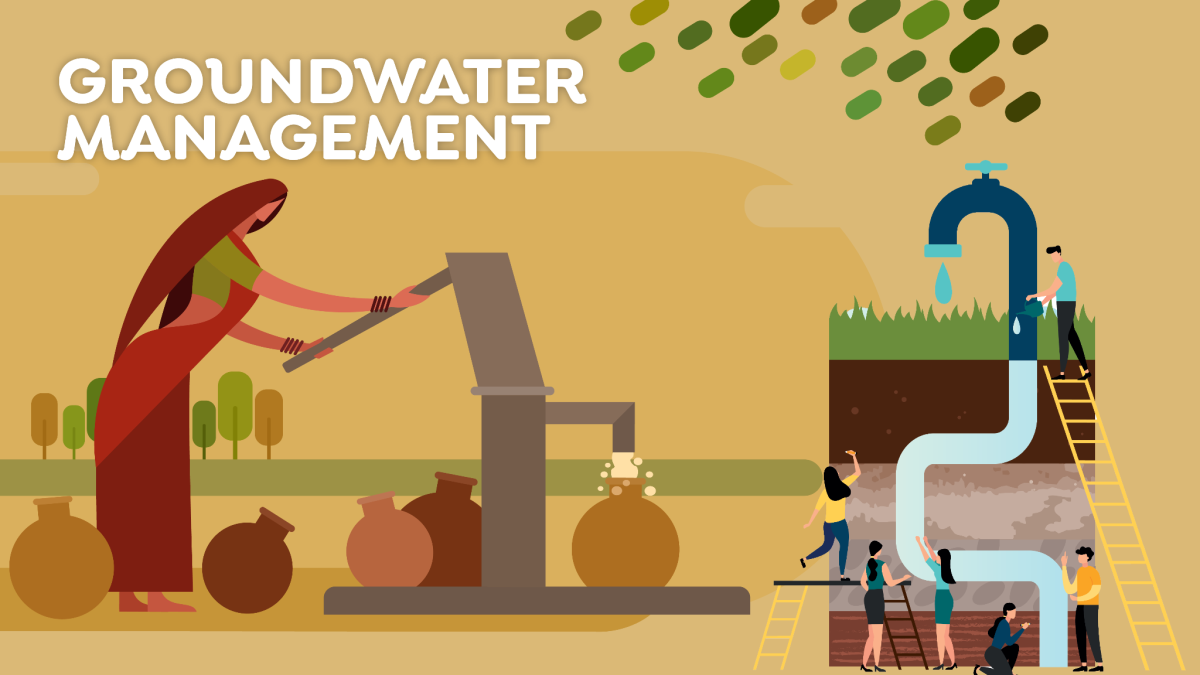
- India is implementing the National Project on Aquifer Management (NAQUIM) to delineate and characterise aquifers in three dimensions and develop aquifer management plans, and the Atal Bhujal Yojana, which is a community-driven groundwater management scheme.
- The schemes can ensure the sustained availability of groundwater for economic growth and reduce the power subsidies provided to the agriculture sector by reducing the electricity required for pumping groundwater.
- These schemes are creating jobs in technological and research fields, and also for unskilled labour work, and contributing to the attainment of SDGs 6 and 12.
“India is making sincere efforts to manage its water sustainably. The book is a handy reference for national and international stakeholders to glean insights into its approach.”












